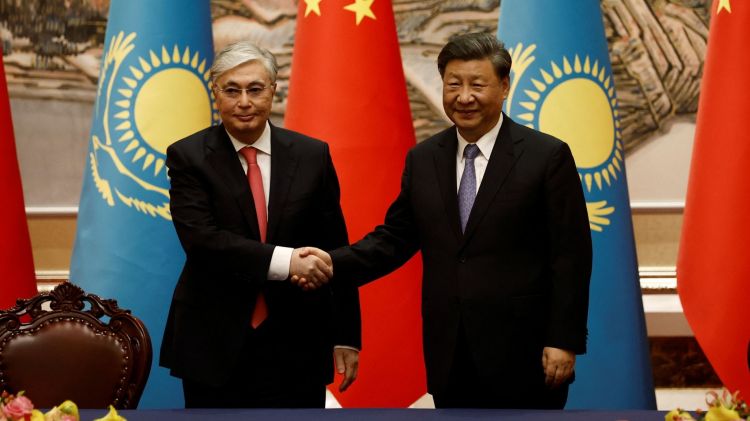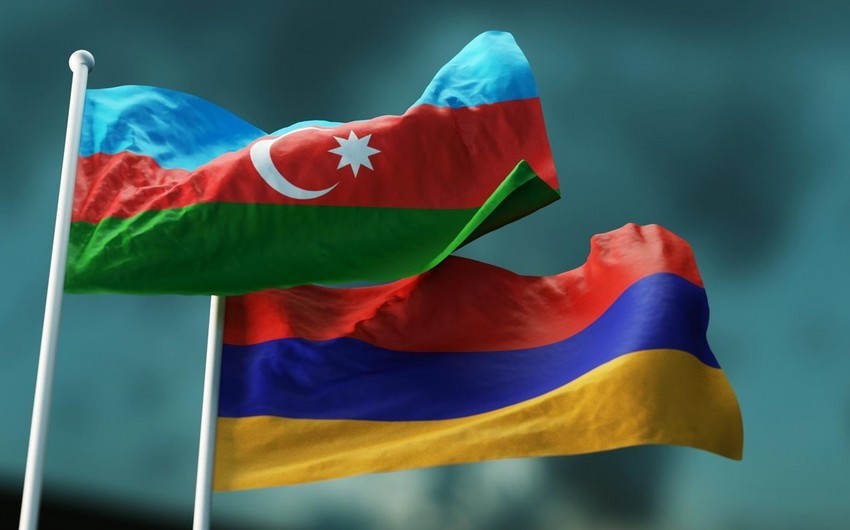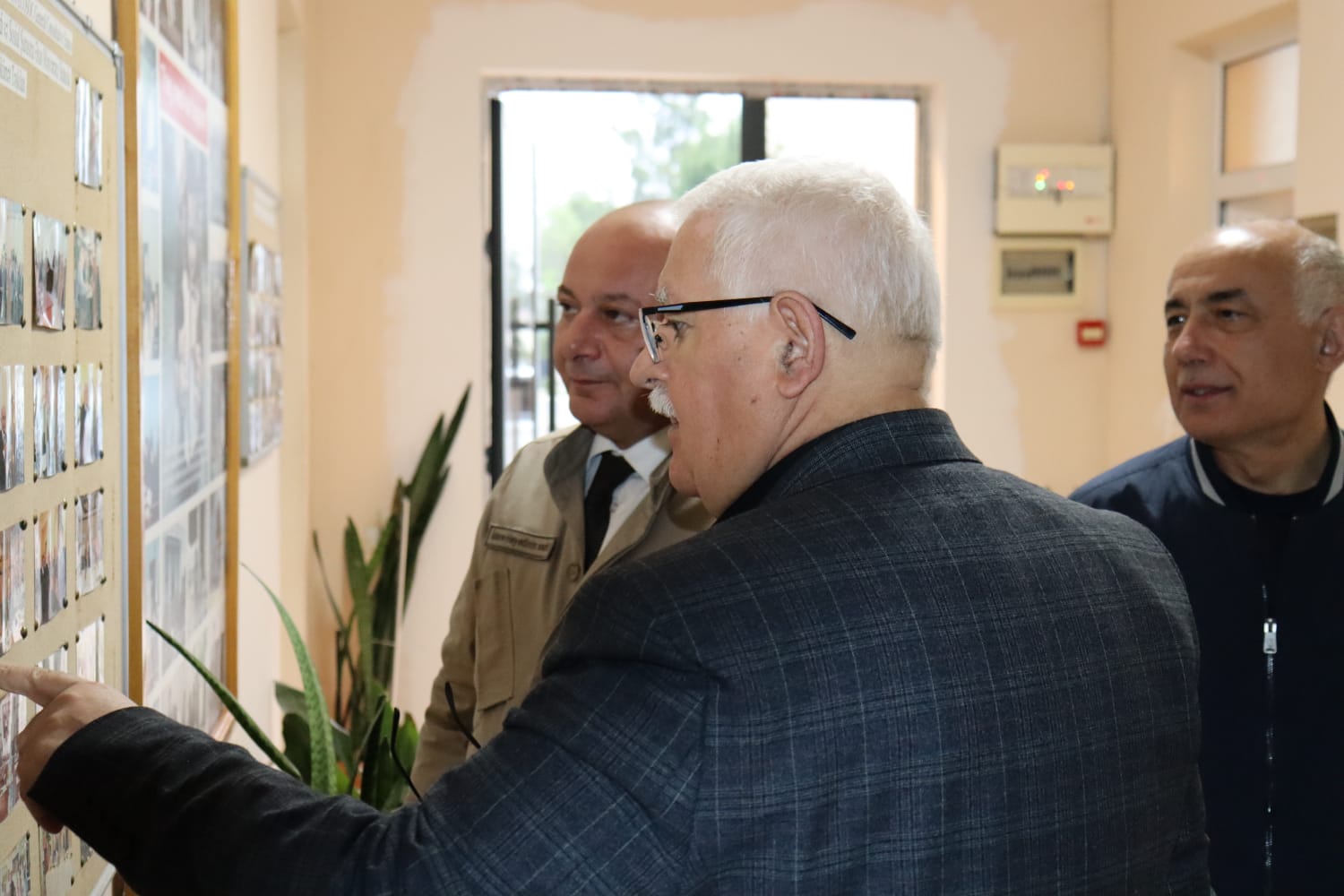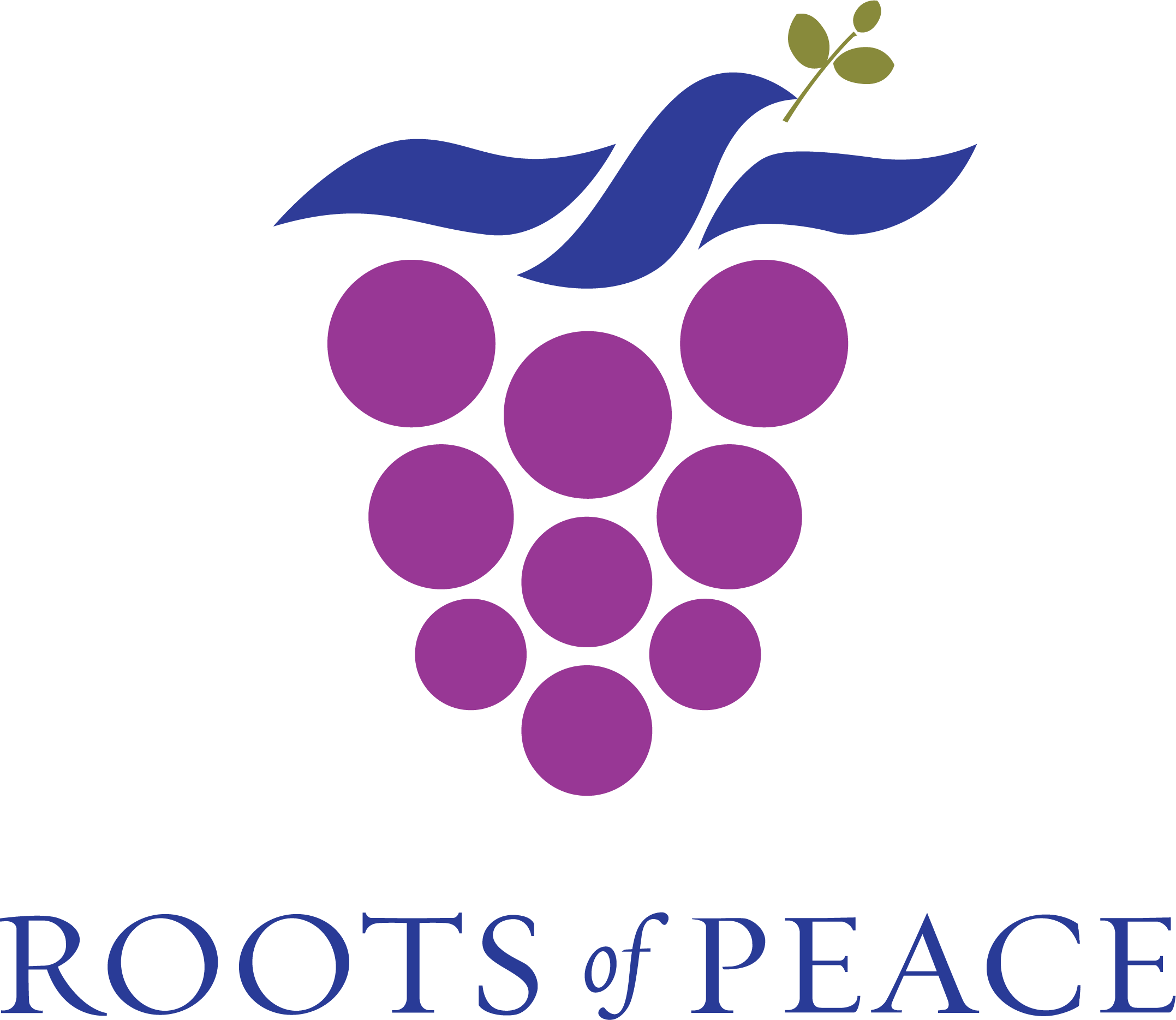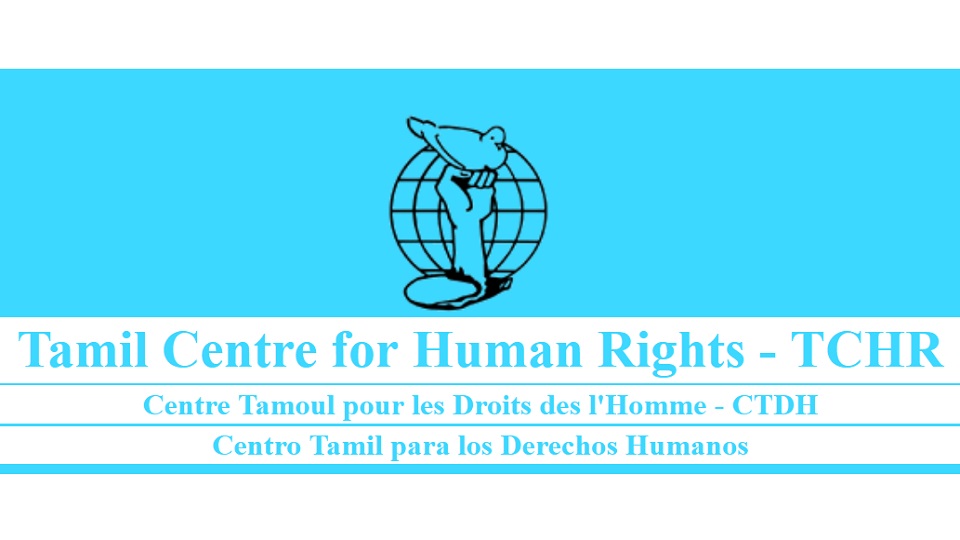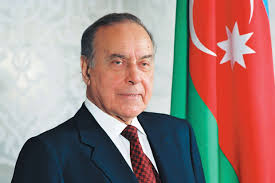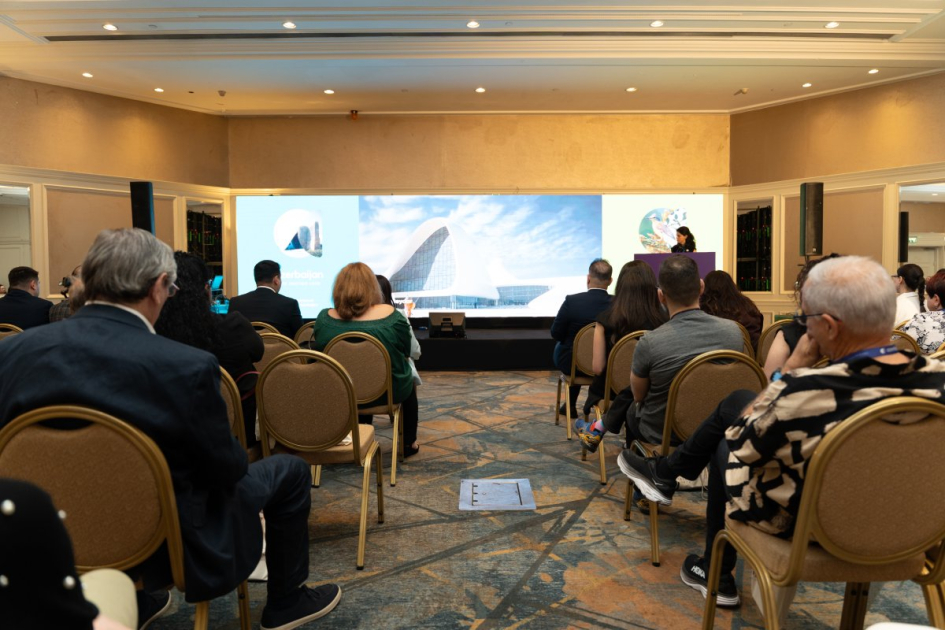The Chinese One Belt & One Road Initiative (BRI) was one of the main attractions of recently held China-Central Asia Summit in Xi’an. The Chinese president Xi delivered a keynote speech highlighting the strategic importance, utility and scope of the BRI for the further socio-economic development and greater regional connectivity of all the Central Asian countries. He showcased new road map for greater regional connectivity based on his Community with Shared Prosperity, Global Development Initiative (GDI), Global Security Initiative (GSI) and Global Civilizational Initiative (GCI).
In this connection Xi’an declaration further strengthened the spirits of mutual respect, sovereignty and equal opportunities of socio-economic development and drafted a new chapter of inclusive development and modernization in the region and beyond.
In this regard, the Central Asian and Chinese governments approved US$3.72 billion in regional grants, signed 54 major multilateral agreements, created 19 new regional platforms and signed a further 9 multilateral cooperation documents during the recently concluded China-Central Asia Summit.
Kazakhstan and China signed 47 agreements worth $22 billion during the China-Central Asia Summit. It is the main recipient of FDIs, and bilateral agreements. Moreover, Kazakhstan the biggest economy of the Central Asia is also the biggest trading partner (US$31.17 billion with 23.6 percent annual increase), first and biggest favoured BRI country, holding of status of Middle Corridor, industrial development supporter and last but not least biggest country having Chinese companies has further enhanced its bilateral relations with China.
According to Kazakhstan president Tokayev, China-Central Asian intra-regional economic relations would reach to US$100 billion by 2030, representing an increase of 30% from the current level of US$$70 billion. It implies trade increases of US$4.3 billion every year from now for the next seven years or 10% annual increases based on existing trade figures.
Tokayev rightly urged other Central Asian countries to harness the potential of the Khorgos International Center (the biggest dry port being built under the BRI) which reopened last month. The Kazakh President announced plans to construct a second dry port at the facility.
On its part, Kazakhstan has been advocating to take advantage of China’s largest marketplaces, such as Alibaba Group and JD.com, to jointly promote beneficial products. He emphasized his country’s efforts to build new customs warehouses to reduce delivery time. According to him, this venture can be coordinated with the launch of a C5 + China unified electronic trading platform in the days to come.
The Kazak president Tokayev said Kazakhstan will continue the work of the BRI which proved its effectiveness on a global scale over a decade since it was put forward by President Xi in Astana. In this regard, the development of the Nurkent New City and opening of the third railway crossing on the Kazakh-Chinese border soon would be a major step in this direction which would further enhance bilateral trade and investment opportunities in the future.
According to Kazakhstan president Tokayev, China-Central Asian intra-regional economic relations would reach to US$100 billion by 2030, representing an increase of 30% from the current level of US$$70 billion. It implies trade increases of US$4.3 billion every year from now for the next seven years or 10% annual increases based on existing trade figures.
Tokayev rightly urged other Central Asian countries to harness the potential of the Khorgos International Center (the biggest dry port being built under the BRI) which reopened last month. The Kazakh President announced plans to construct a second dry port at the facility.
On its part, Kazakhstan has been advocating to take advantage of China’s largest marketplaces, such as Alibaba Group and JD.com, to jointly promote beneficial products. He emphasized his country’s efforts to build new customs warehouses to reduce delivery time. According to him, this venture can be coordinated with the launch of a C5 + China unified electronic trading platform in the days to come.
The Kazak president Tokayev said Kazakhstan will continue the work of the BRI which proved its effectiveness on a global scale over a decade since it was put forward by President Xi in Astana. In this regard, the development of the Nurkent New City and opening of the third railway crossing on the Kazakh-Chinese border soon would be a major step in this direction which would further enhance bilateral trade and investment opportunities in the future.
Furthermore, Tokayev invited Chinese companies to create automotive clusters in those Kazakh regions that proceeded in the top Chinese brands’ production.
Interestingly, the Kazak president revealed plans to increase the throughput capacity of the Kazakhstan-China oil pipeline through the existing Atyrau-Kenkiyak and Kenkiyak-Kumkol pipelines which is indeed good omen for both the country.
Critical analysis reveals that the development of gas processing capacity and the gas transmission system are top priorities for Kazakhstan. In this regard, the construction of the second string of the Beineu-Bozoy-Shymkent gas pipeline and a gas processing plant at the Kashagan field with a capacity of four billion cubic meters per year is paramount. Hopefully, China-Kazakhstan bilateral relation would be further strengthened after this summit.
Obviously, Kazakhstan is keen to increase the volume and diversify the range of agricultural products for export to neighboring countries. In this regard, Tokayev proposed establishing a Joint Food Hub based on the Khorgos International Center, focusing on introducing digital and green technologies in the agro-industrial complex.
Chinese food giant COFCO signed a deal with Kazakhstan's agriculture ministry to work on improving agricultural trade between the two countries, COFCO. COFCO will continue to invest in key links of the supply chain for Kazakh agriculture products including wheat, barley and oilseeds.
He also expressed concern about climate change that poses severe risks to Central Asia, leading to potential freshwater scarcity. He proposed creating a program to bring new technology into the water management industry to utilize water resources efficiently.
He was of the opinion that the Chinese president Xi’s Global Security Initiative would play “a pivotal role in ensuring the world’s sustainable development and serves as a decisive response to the unprecedented challenges of our time.
To conclude, the signing of so many meaningful project deals with China would further strengthen diplomatic ties and bilateral relations with five countries of Central Asia in which Kazakhstan has significant place.
It seems that the Xi’an declaration would further enhance energy diversification and green growth between two sides in the future.
It is expected that more Chinese companies will increase investment in the region and support the development and economic diversification of the five Central Asian countries.
As of the end of 2022, China's direct investment in the five Central Asian countries reached nearly $15 billion, with cooperation projects launched in fields such as oil and gas exploration, processing and manufacturing, and connectivity and digital technologies. The Chinese FDI is constantly on the rise.
On promoting the development of a third rail line between China and Kazakhstan, Kang Shuchun, could be the shortest route between China's Bohai Bay area and Central Asia, West Asia and Europe.
The China-Central Asia Summit was Chaired by China's president Xi Jinping, held in the historic Silk Road city of Xi'an and attended by the leaders of Kazakhstan, Kyrgyzstan, Tajikistan, Turkmenistan and Uzbekistan. They expressed confidence and determination to boost cooperation with China, and voiced their support for the China-proposed initiatives on global development, security and civilization.
China's trade with the five countries reached $70 billion in 2022, up over 100 times since diplomatic ties were established. The trade structure has improved over the years. Last year, China's imports of agricultural, energy and mineral products from the five countries jumped over 50 percent from a year earlier, while exports of mechanical and electronic products to them increased by 42 percent.
It seems that Kazakhstan under the visionary leadership of Kassym-Jomart Tokayev would play an important role in the further development, diversification and dissemination of the strategic scope and utility of the BRI in the days to come. Being an important Middle Corridor and connecting hub in the greater Eurasian region Kazakhstan would be an emerging economic power in the future.
Dr. Mehmood Ul Hassan Khan
Executive Director: The Center for South Asia & International Studies (CSAIS)
Regional Expert: China, CPEC & BRI

